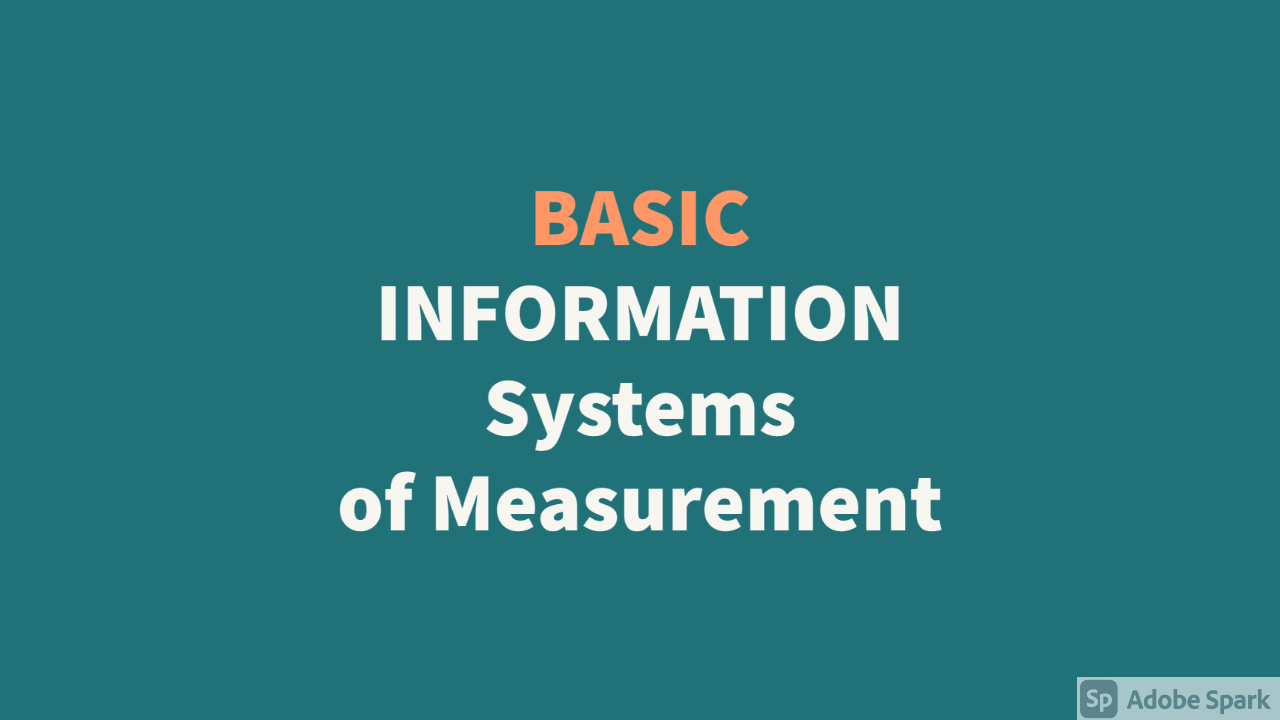Components of Information Systems
Information systems consist of the following general components:
- 1. Hardware
- 2. Software
- 3. Databases
- 4. Human resources
- 5. Procedures
Hardware
Multiple computer systems: microcomputers, minicomputers, mainframes, together with their peripherals. Computer system components are: a central processor(s), memory hierarchy, input and output devices.
Computer processor: The central processor carries out the instructions of a program, translated into a simple form.
Memories: Included in a computer system form a hierarchy. They range from the fast electronic units, such as the main memory, to the slower secondary storage devices such as magnetic disks.
Moore’s Law The increases in the number of transistors on chips correspond to the increase in the microprocessor speed and memory capacity, and thus the growth of the processing power.
Downsizing In information systems, transferring some or all of the organization;s computing from centralized processing on mainframes or minicomputers to systems built around networked microcomputers (often in a client/server configuration).
Software
Computer software falls into two classes: systems software and applications software.
Systems Software: Manage the resources of the computer system and simplifies programming. An operating system is the principal system software. It manages all the resources of a computer system and provides an interface through which the system’s user can deploy these resources.
Application Software: Are programs that directly assist end users in doing their work. They are purchased as ready-to-use packages. Applications software directly assists end users in doing their work.
Databases
Databases are organized collections of interrelated data used by applications software. Databases are managed by systems software known as database management systems (DBMS) and shared by multiple applications.
Telecommunications [Figure 2.7] [Slide2-7]
Telecommunications are the means of electronic transmission of information over distances. Today, computer systems are usually interconnected into telecommunications networks. Various network configurations are possible, depending upon an organization’s need. These include:
1. Local area networks (LAN) 2. Metropolitan area networks (MAN) 3. Wide area networks (WAN)
A Network Information System: Three-Tier Architecture: Figure 2.7:
1. Mainframe computer as the top-level machine
2. Several minicomputers or powerful microcomputers in the middle level.
3. End -users in the third tier.
A Downsized Networked Information System: Client/Server Architecture: [Figure 2.8][Slide2-8]
1. Users’ microcomputers (clients) share the more powerful machines (servers)
2. Each server is dedicated to a particular task i.e., it is providing a certain service
3. The client machines provide the user interface that makes it easy to use the facilities of the network.
4. When needed, the software running on the client calls remotely upon the software running on the server to perform its task, to access the specified data from a database.
Systems Architecture for Remote Access from Virtual Offices: [Figure 2.9]
Human Resources
Professional information systems personnel include development and maintenance managers, systems analysts, programmers, and operators, often with highly specialized skills.
End users are the people who use information systems or their information outputs, that is, the majority of people in today’s organizations. The hallmark of the present stage in organizational computing is the involvement of end users in the development of information systems. End-user computing, or control of their information systems by end users and the development of systems by end users, has become an important contributor to information systems in organizations.
Procedures
Procedures are the policies and methods to be followed in using, operating, and maintaining an information system. Specifications for the use, operation, and maintenance of information systems, collected in help facilities, user manuals, operator manuals, and similar documents, frequently delivered in an electronic form.
2.4 Types of Information Systems
Organizations employ several types of information systems. These include:
- 1. Transaction Processing Systems (TPS)
- 2. Management Reporting Systems (MRS)
- 3. Decision Support Systems (DSS)
- 4. Executive Information Systems (ESS)
- 5. Office Information Systems (OIS)
- 6. Professional Support Systems
Transaction Processing Systems
Transaction processing systems today generally work in on-line mode by immediately processing a firm’s business transactions. A Transaction is an elementary activity conducted during business operations.
TPS may work either in batch mode, processing accumulated transactions at a single time later on, or in on-line mode, processing incoming transactions immediately. Today, most TPS work in the on-line mode.
Management Reporting Systems
The objective of management reporting systems is to provide routine information to managers. Managers receive performance reports within their specific areas of responsibility. Generally, these reports provide internal information rather than spanning corporate boundaries. They report on the past and the present, rather than projecting the future.
In order to prevent information overloads, managers may resort to using demand or exception reports. Demand reports are requested when needed. Exception reports are produced only when preestablished out-of-bounds conditions occur and contain only the information regarding these conditions.
Decision Support Systems [Figure 2.11][Slide2-9]
Figure 2.11 explains the structure of a decision support system. Decision support systems directly support a decision-making session. These systems facilitate a dialog between the user, who is considering alternative problem solutions, and the system that provides built-in models and access to databases. The DSS databases are often extracts from the general databases of the enterprise or from external databases.
Executive Information Systems
Executive information systems support top managers with conveniently displayed summarized information, customized for them. They make a variety of internal and external information readily available in a highly summarized and convenient form. EIS are used to:
1. Monitor the performance of the organization
2. Assess the business environment
3. Develop strategic directions for the company’s future
Office Information Systems
The main objective of OIS is to facilitate communication between the members of an organization and between the organization and its environment. OIS are used to:
- 1. Help manage documents represented in an electronic format
- 2. Handle messages, such as electronic mail, facsimile, and voice mail
- 3. Facilitate teleconferencing and electronic meetings
- 4. Facilitate the use of the Internet for communication and access to information
- 5. Facilitate the use of task-oriented teams through the use of groupware
Professional Support Systems
Professional support systems help in tasks specific to various professions. As both organizational and individual experience with information systems grow, more and more specialized categories of professional support systems emerge.
Expert Systems in Information Systems [Figure 2.12][Slide2-10]
Expert systems are system that employs knowledge about its application domain and uses an inferencing (reason) procedure to solve problems that would otherwise require human competence or expertise. The essential component of the knowledge base is heuristics – informal, judgemental elements of knowledge within the expert system’s domain, such as oil exploration or stock valuation. The knowledge base is developed by working with domain specialists. It is further enhanced as the system is used.
2.5 Supporting Managers with Information Systems:
A variety of information systems support managers as they play their interpersonal, informational, and decisional roles. The three management-oriented types of systems (management reporting systems, decision support systems, and executive information systems) provide different kinds of support to the three levels of management:
- 1. Strategic
- 2. Tactical
- 3. Operational
What Managers Do and How Information Systems Can Help
The fundamental functions of management include:
- 1. Planning establishing goals and selecting the actions needed to achieve them over a specific period of time.
- 2. Controlling measuring performance against the planned objectives and initiating corrective action, if needed.
- 3. Leadership including the people in the organization to contribute to its goals.
- 4. Organizing establishing and staffing an organizational structure for performing business activities.
Mintzberg classified all managerial activities into ten roles falling into three categories:
- 1. Interpersonal Role
- 2. Informational Role
- 3. Decisional Role
Information Systems for Management Support:
The objectives of the three levels of corporate management are:
1. Operations Management: performed by supervisors of smaller work units concerned with planning and control of short-term (typically, a week or six months) budgets and schedules.
2. Tactical Management: performed by middle managers responsible for acquisition and allocation of resources for projects according to tactical plans, set out for one or two years.












